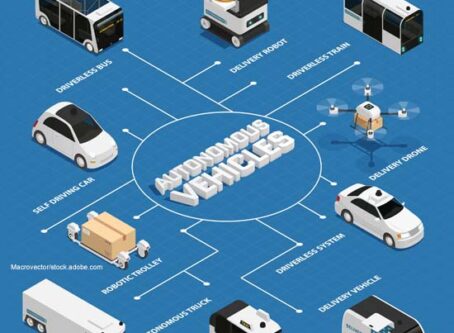Infrastructure package vs. highway bill: What’s the difference?
The terms “infrastructure package” and “highway bill” have been thrown around a lot over the past few months.
Although they can easily be confused, as of now they are two separate proposals.
Infrastructure package
Earlier this year, President Joe Biden unveiled a more than $2 trillion infrastructure package aimed at creating millions of jobs. Biden’s broad infrastructure plan would have put $621 billion into transportation, including roads and bridges, public transit, ports, airports and electric vehicle development. The plan also calls for $400 billion to care for the elderly and disabled; $300 billion for clean drinking water, expanded broadband access, and upgraded electric grids; and $580 billion to strengthen America’s manufacturing industry.
Senate Republicans started negotiations with a more modest $568 billion plan that would invest in roads and bridges, public transit, railroads, water, highway safety, ports, broadband, airports, and water storage.
Eventually, a bipartisan group of senators reached agreement on a $1 trillion plan endorsed by President Biden that is expected to be brought to the Senate floor as early as the week of July 19. The text of the bill is still being crafted, according to multiple reports.
The infrastructure package should be viewed more as a funding proposal and is unlikely to include major policy elements, such as mandates for automatic emergency braking on heavy-duty trucks or an increase to motor carriers’ minimum insurance requirement.
The largest remaining political hurdle for an infrastructure package likely involves how infrastructure is defined. Republicans have stuck to the typical roads, bridges, airports and water definition, while Democrats want to see the term expanded to include such areas as childcare, healthcare and education.
Highway bill
In contrast, the highway bill is the more standard, routine approach to funding surface transportation and updating federal transportation policy. Another way to look at it is, it sets the spending budgets for transportation projects and gives DOT agencies their regulatory marching orders.
The FAST Act, the current surface reauthorization bill, expires at the end of September.
On July 1, the U.S. House of Representatives passed a $715 billion highway bill by a mostly partisan vote of 222-201. The controversial bill, which the Owner-Operator Independent Drivers Association opposes, is expected to face resistance in the Senate.
OOIDA said it was a vote against truckers because the bill includes a measure to increase motor carriers’ minimum insurance from $750,000 to $2 million.
“It looks like Democrats are seriously concerned about maintaining their majority in the House,” OOIDA President Todd Spencer said. “By including a massive increase in insurance requirements for truckers in this highway bill, they made a risky political calculation. Rather than producing a bill that supports the hard-working men and women of the trucking industry, they chose to help their most trusted campaign contributors make even more money from suing our members for crashes that most often aren’t their fault.”
The Senate version of a highway bill passed out of committee but has not reached the Senate floor yet.
OOIDA favors the Senate version as it does not include an insurance hike.
Eventually, some of the most controversial measures in the House bill may need to be removed for anything to be made into law.
Merger?
While the infrastructure package and highway bills are separate proposals for the time being, that doesn’t mean some version of a highway bill couldn’t be tacked on to a larger infrastructure package.
If you recall, that’s exactly what happened with last year’s House highway bill. HR2, a $494 billion highway bill, hitched a ride on a massive $1.5 trillion infrastructure package called the Moving Forward Act.
Ironically, the Moving Forward Act was going nowhere as Senate Republicans quickly deemed the bill “dead on arrival.” LL









